From our sister journals – October 2016
Posted by the Node, on 10 November 2016
Here we highlight some developmental biology related content from other journals published by The Company of Biologists.

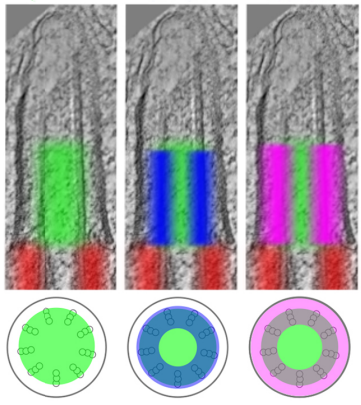
Helio Roque and colleagues describe that flies lacking MKS, a component of the transition zone in cilia, show abnormalities during development, but not in the adult.

Hua Liu and Ken-Ichi Nonomura describe large scale chromatin remodelling in meiosis I of rice mediated by the Argonaute protein MEL1
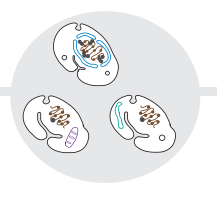
In their Commentary, Damien Devos and colleagues explore changing concepts in the emergence of eukaryotic cells, and in his Editorial, Editor-in-Chief Michael Way announces a forthcoming special issue on plants

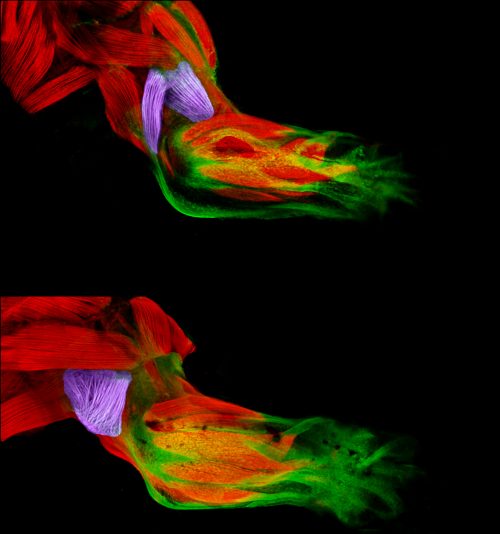
Gabrielle Kardon and colleagues show that TBX3 is responsible for specifying a subset of forelimb muscles, and their attachment to tendons.

Nicholas Pilon and colleagues describe how a mouse line found in a screen for genes involved in neural crest development provides a model for Waardenburg syndrome type 4.
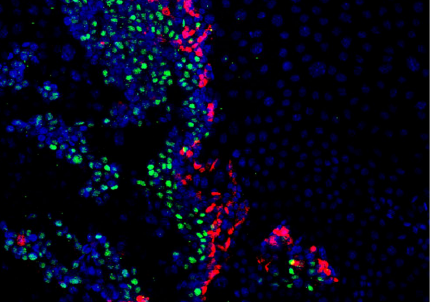
Colin Bingle and colleagues develop an in vitro model of the murine middle ear epithelium, recapitulating cell populations and protein production.

In his Editorial, Senior Editor Ross Cagan gives some tips for those wanting to conduct drug screening in model systems

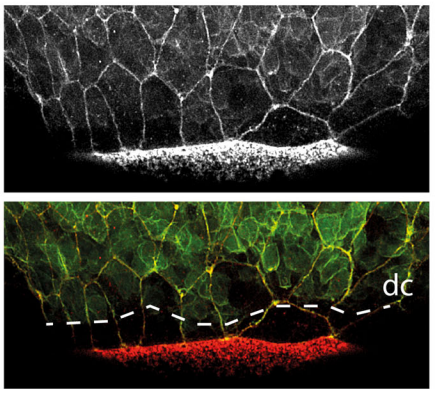
Johan de Rooij and colleagues disrupted αE-catenin function in developing zebrafish, and found that specifically disrupting αE-catenin mechnotransduction leads to defective convergence and extension.
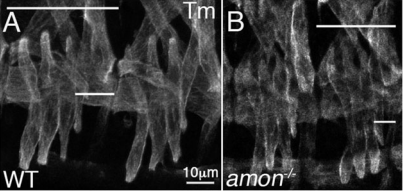
Elly Ordan and Talila Volk describe how Amontillado, the Drosophila homologue of pheremone convertase 2, cleaves Slit to promote muscle patterning.

Ernesto Maldonado and colleagues show that zebrafish mutants lacking stress granules have developmental abnormalities and respond poorly to stress.

Manfred Schartl and colleagues explore how the fish genome adapts to abrupt ploidy change by allele silencing.
Karl Gotthard and colleagues explore how butterflies regulate energy and lipid metabolism during diapause.


 (No Ratings Yet)
(No Ratings Yet)